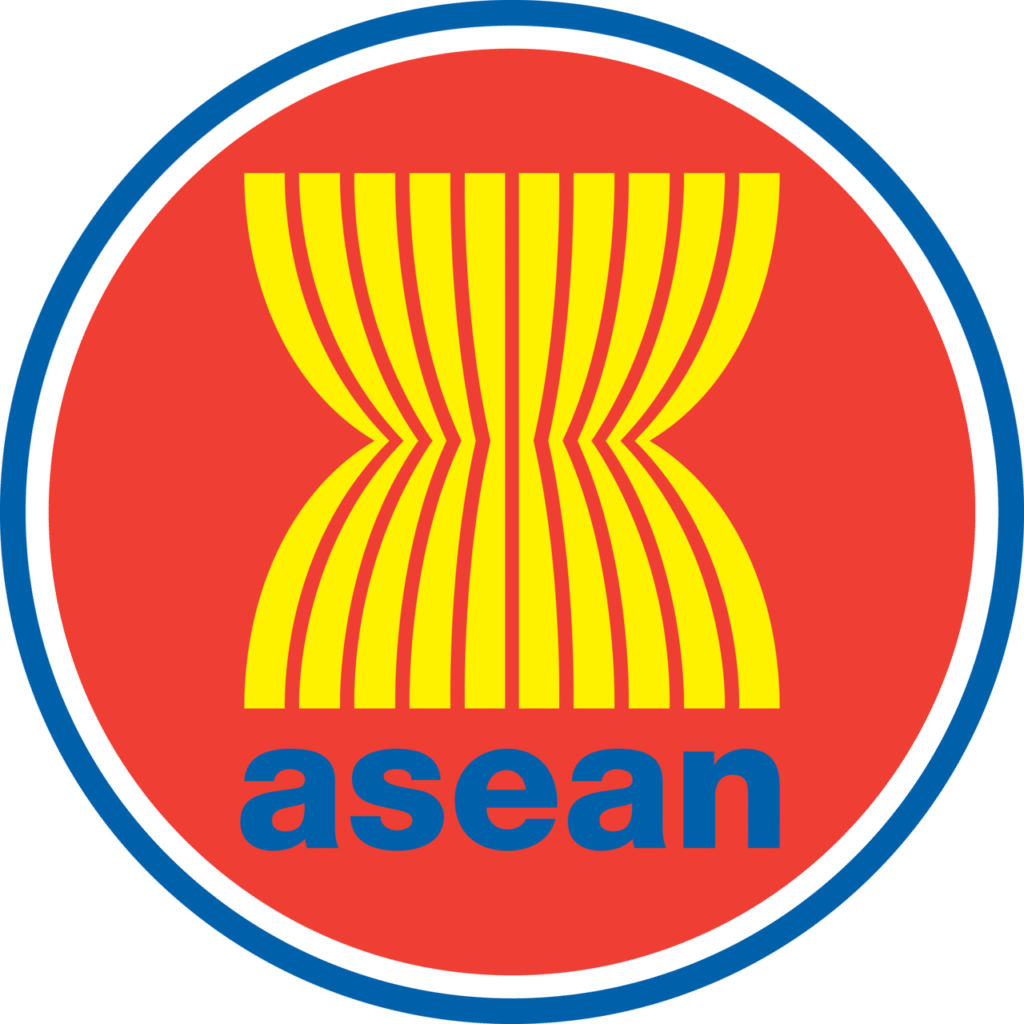

As various free trade negotiations hit the headlines –AFTA, TPP, BTAs, etc – ASEAN seems to be finding a new lease of life. It already has well established institutions, and with Myanmar apparently on the road to reform there is a new feel good factor within the organization. It is therefore a good time to take a look at the ICT Masterplan 2015, launched January 2011.
ICT is seen as important in 4 specific ways: (i) as an engine of growth, (ii) to enhance the quality of life, (iii) contributing to ASEAN integration – without doubt infrastructure will play an important role here, and least convincingly because it is an oxymoron (iv) recognition for ASEAN as a global ICT hub. How can a barely integrated region of so many independent states ever be a “hub”? But substitute the word “nexus” and it becomes more meaningful. Just one example: a few more Internet Exchanges and most data traffic will be routed within the region thereby creating a network of mini-hubs or nodes, an infrastructure for virtual connectedness across the region to support local/regional trade and information exchange.
The framework presented in the Masterplan hinges upon successful public-private partnerships, so the opportunities are there. Upon 3 “Foundations” (the priorities above) 3 “Pillars” are listed: (i) Economic Transformation, (ii) People Empowerment & Engagement, and (iii) Innovation. These are aspirational, the good intentions, the stuff of ASEAN past. The priorities are more down to earth, more doable, achievable and measurable. It is good that they are seen as the foundations that could at least see ASEAN emerge a relevant partner for investment.
Specifically, the Masterplan outlines 6 “Strategic Thrusts”, but they vary substantially in scope. No. 1 is Economic Transformation driven by (a) a pro-business focus including harmonization of ICT regulations and standards, and (b) PPP initiatives. These are broad and important aims, but the danger is that PPP becomes just a way for the state to abrogate responsibility for public oversight –and let’s face it, if financial regulators in the West can so easily lose contact with the realities of the marketplace, how much more so for ASEAN governments? No. 2 is People Engagement & Empowerment to be achieved by (a) reducing roaming charges, (b) lowering transaction costs through MRAs, (c) promoting e-services and building trust such as the adoption of two-factor authentication. “Empowerment” seems a rather over-blown term for these practical measures unless they are truly backed up by greater transparency and access to information.
No.3 is Innovation. The steps include familiar proposals such as the creation of Centres of Excellence, a digital content exchange, stronger IPRs, an ASEAN CEO forum, but perhaps the most significant is the mission of giving every child broadband access to nurture future generations. But innovation is a far more complex issue than can be addressed in these ways. At the entrepreneurial level it involves a culture of experimentation and risk-taking; at the institutional level it involves access to funding and to a community of like-minded enterprises; and at the national level it needs real leadership. No.4 is Infrastructure Development, including the completion of an ASEAN broadband corridor, an ASEAN Internet Exchange Network, agreed common security and data protection standards. The elephant in the room under this heading is a major structural impediment: the continued lack of genuine competition in the fixed line national backbone and local backhaul network markets.
No.5 is Human Capital Development. This is undoubtedly the weakest of the 6 strategic thrusts. The first proposal is a registry of ICT experts, never a good idea. Markets and networks are already adequate; a more serious problem is lack of due diligence when hiring staff and handing out contracts. Scholarships are always welcome, and never sufficient. Certification standards are not very practical when the levels of education and training are so variable. What is really missing is a commitment to educating the educators, improving syllabi, etc. But these are often acutely sensitive local issues. No.6 is Bridging the Digital Divide. It terms of bringing up the absolute level of access to ICTs, ASEAN countries have generally made much progress, although not as much as could have been achieved in many cases. The proposals range across universal access policies including schools to cross-cultural exchanges, training, collaboration between ministries, etc.
Another initiative recently announced is Narrowing the Development Gap. Perhaps for the first time realistically this idea has some legs.
zp8497586rq